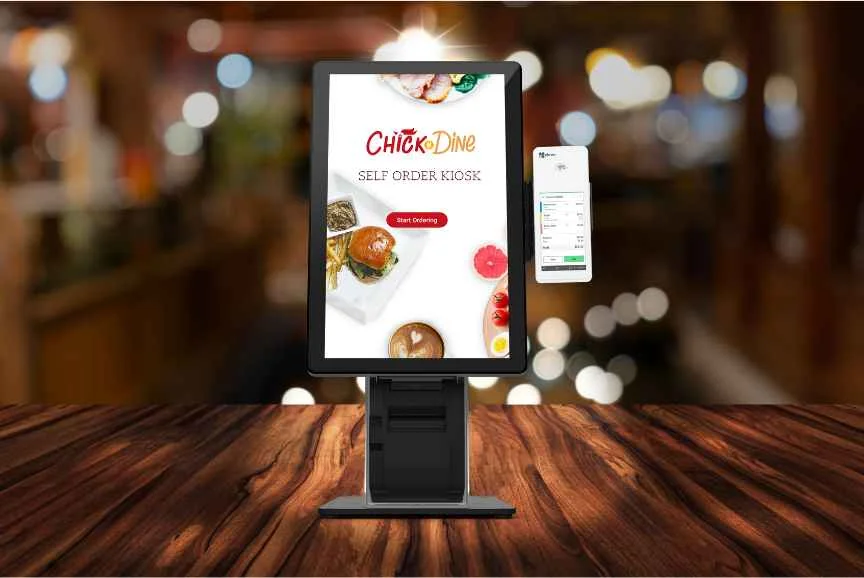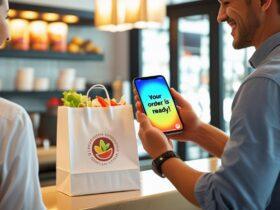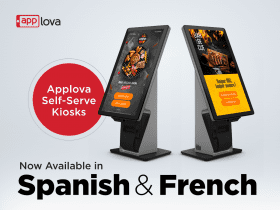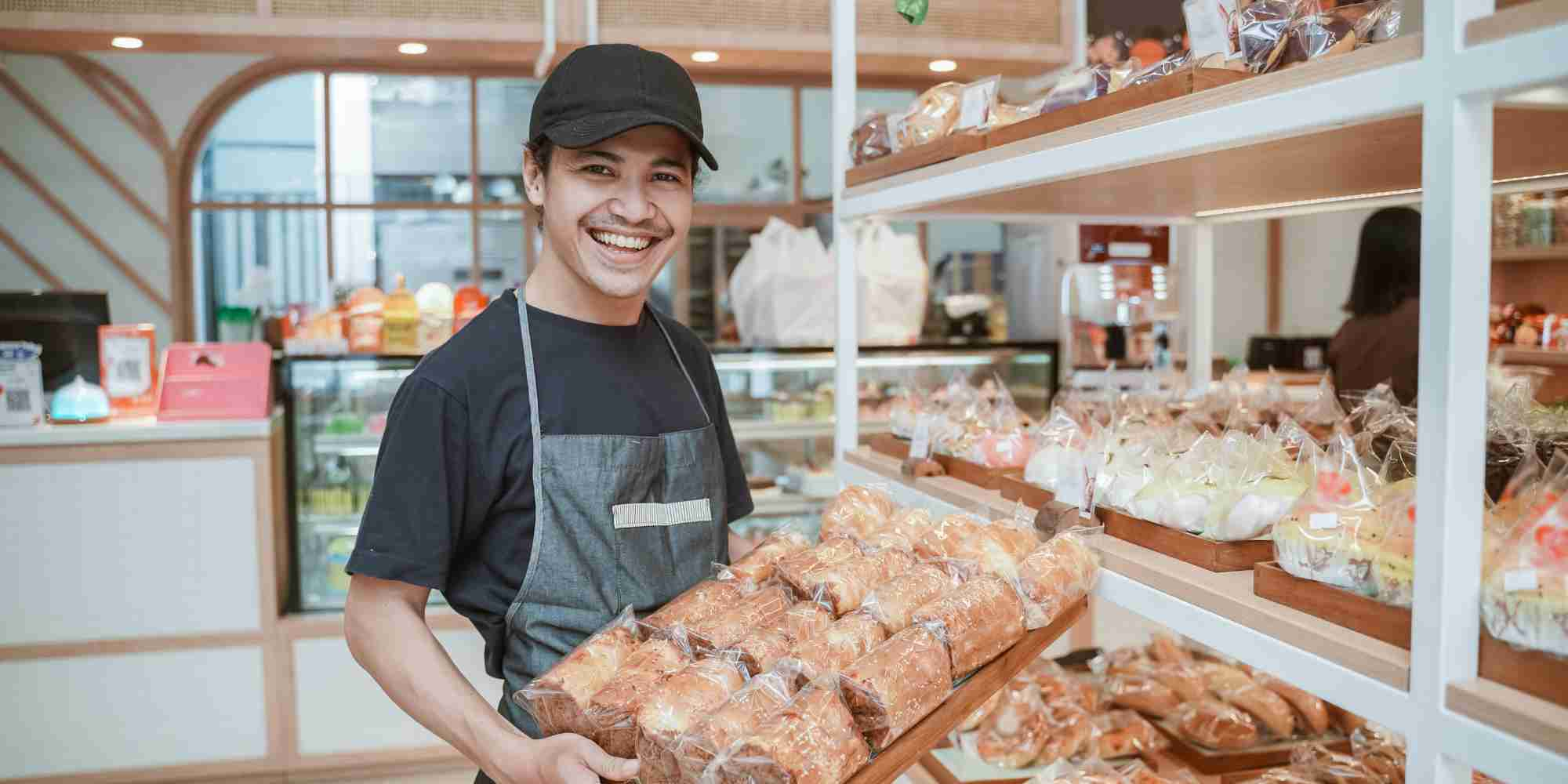The fast food industry is at a crossroads. As consumer expectations shift towards faster, more personalized service, and as technology becomes an integral part of daily life, restaurant owners are faced with the challenge of adapting to meet these new demands. One of the most intriguing solutions to emerge in recent years is the self-ordering kiosk—a tool that promises to revolutionize how fast food is ordered, prepared, and delivered. Are self-ordering kiosk truly the next big thing in fast food?
The Technological Revolution in Fast Food Industry
The integration of technology into the fast food experience isn’t just a novelty—it’s a necessity. Consumers are increasingly accustomed to using technology to make their lives easier, whether it’s through mobile apps, online shopping, or digital payments. The rise of self-ordering kiosk in fast food industry fits neatly into this trend, offering a seamless, user-friendly way for customers to place orders in fast food restaurants.
These fast food kiosks are more than just flashy gadgets; they represent a fundamental shift in how fast food businesses operate. By allowing customers to interact directly with the menu, customize their orders, and complete transactions without the need for cashier intervention, fast food self-ordering kiosks streamline the entire ordering process. This not only speeds up service but also frees up staff to focus on other critical tasks, such as food preparation and customer support.
Tailoring the Experience: Personalization through Self Ordering Kiosks
One of the most compelling aspects of fast food self service kiosk is their ability to offer a personalised dining experience. In an industry that has traditionally thrived on standardization, the ability to cater to individual preferences is a game-changer. Fast food kiosk systems can be programmed to remember previous orders, suggest popular items, and even highlight special promotions based on the time of day or customer preferences.
This level of personalization isn’t just about convenience; it’s about building a connection with the customer. By offering a tailored experience, fast food restaurants can foster customer loyalty and encourage repeat visits. The ability to upsell through tailored suggestions further enhances this relationship, turning a simple meal into a curated experience.
Addressing Labor Challenges with Fast Food Kiosk
The labor market in the fast food industry has always been challenging, with high turnover rates and increasing labor costs. Fast food self-service kiosks offer a practical solution to these issues by automating the ordering process. By reducing the need for front-of-house staff, restaurants can lower their operational costs and mitigate the impact of staffing shortages.
However, it’s important to note that these fast food kiosks don’t necessarily replace human workers; rather, they allow staff to be deployed more effectively. Instead of focusing on repetitive tasks like taking orders, employees can be assigned to roles that require more human interaction, such as assisting with complex orders, managing customer queries, or maintaining cleanliness and hygiene standards. This shift not only enhances efficiency but also improves the overall customer experience by ensuring that employees are available where they are most needed.
Enhancing Speed and Efficiency in Service With Fast Food Kiosk
The fast food industry thrives on speed and efficiency, and self-ordering kiosks are perfectly suited to meet these demands. By allowing multiple customers to place orders simultaneously, these fast food kiosks can significantly reduce wait times, especially during peak hours. This enhances customer satisfaction and boosts the restaurant’s ability to manage a greater number of orders.
Moreover, self-ordering kiosks can be integrated with kitchen display systems, ensuring that orders are transmitted directly to the kitchen as soon as they are placed. This eliminates the potential for delays or miscommunication, allowing for a smoother and faster service. The result is a more streamlined operation where every second counts, ultimately leading to higher throughput and increased revenue.
Self-Ordering Kiosks help in Adapting to Changing Consumer Behavior
The success of self-service kiosks is largely driven by changing consumer behavior. Today’s fast food customers are not just looking for quick meals—they want an experience that is efficient, personalized, and convenient. The ability to place orders at their own pace, without the pressure of a queue or a hurried cashier, is particularly appealing to tech-savvy consumers who value autonomy.
Furthermore, the pandemic has accelerated the shift towards contactless and self-service options, with many customers now preferring to minimize physical interactions. Fast food self service kiosks provide a solution that aligns with these new expectations, offering a safe and hygienic alternative to traditional ordering methods.
The Environmental and Operational Impact of Self Ordering Kiosk
Beyond the customer experience, fast food self-service kiosks also offer potential environmental benefits. By reducing the need for printed menus and receipts, self ordering kiosks can help fast food restaurants minimize their paper waste. Digital receipts, for example, can be sent directly to the customer’s email or phone, further reducing the environmental footprint.
From an operational perspective, the data collected through fast food kiosk systems can be invaluable for restaurant owners. Detailed analytics on customer preferences, peak ordering times, and popular menu items can help businesses optimize their operations, manage inventory more effectively, and make data-driven decisions to improve profitability.
Overcoming the Barriers to Adoption With Fast Food Self Service Kiosks
While the benefits of fast food kiosks are clear, there are still challenges to widespread adoption, particularly for smaller, independent fast food restaurants. The initial investment in self service kiosk technology can be significant, and there may be concerns about whether the benefits will justify the cost.
To overcome these barriers, it’s essential for restaurant owners to carefully assess their specific needs and customer base. For some, a gradual implementation—starting with a few fast food self ordering kiosks and expanding based on success—may be a more viable approach. Additionally, partnering with kiosk providers that offer flexible payment options or financing plans can make the transition more manageable.
Conclusion
As the fast food industry evolves, it is evident that self-ordering kiosks are more than just a temporary trend—they offer a preview of the future of fast food. These fast food kiosks offer a range of benefits that align with modern consumer expectations, from personalized service to enhanced efficiency and reduced operational costs.
For restaurant owners looking to stay ahead in a competitive market, investing in self-ordering kiosks could be the key to future success. By embracing this technology, fast food restaurants can not only meet the demands of today’s customers but also position themselves for continued growth in an increasingly digital world.












Leave a Reply